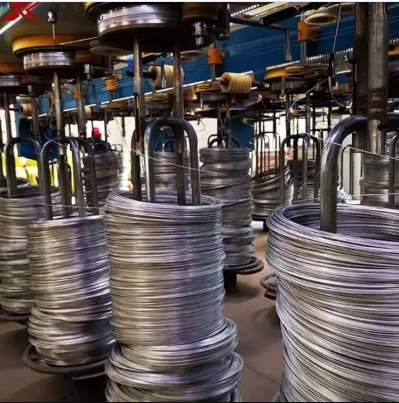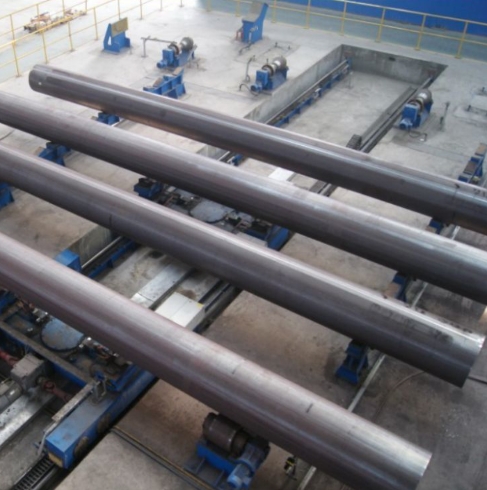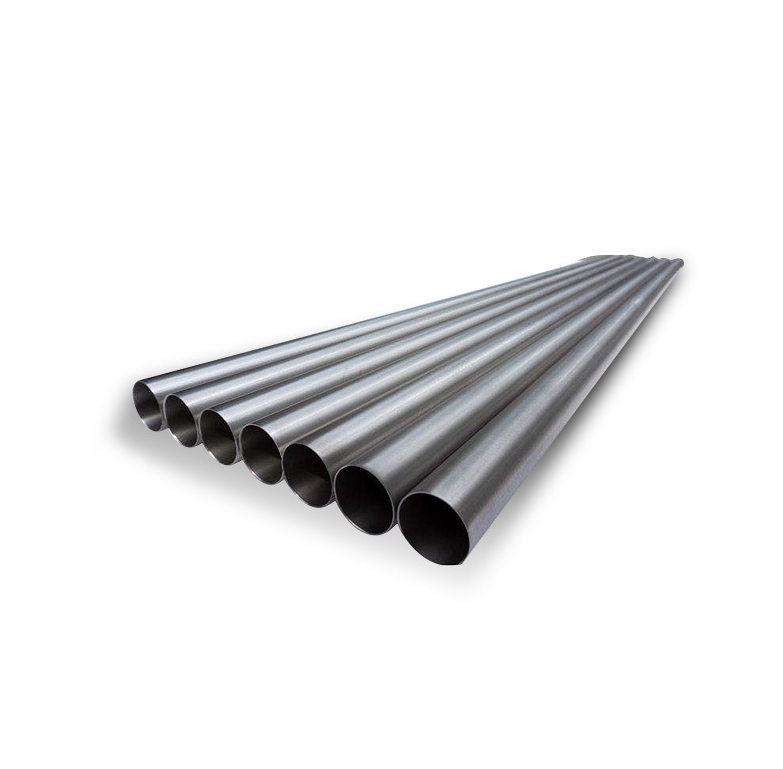Understanding Spots on 4130 Carbon Steel Plates
Spots on 4130 carbon steel plates can refer to a variety of surface imperfections or discolorations. These are crucial to identify as they can impact the material’s performance, weldability, and overall integrity. The nature of these spots dictates their severity and potential remediation.
Common Causes and Types of Spots
The origin of spots on 4130 steel plates can be diverse, stemming from manufacturing, handling, or environmental factors. Common types include:
- Rust Spots: Typically reddish-brown, caused by oxidation due to exposure to moisture and oxygen. Surface rust might be cosmetic, but deeper rust can lead to pitting and material degradation.
- Mill Scale: A flaky surface of iron oxides formed on steel during hot rolling. It’s often bluish-black. While it can offer some temporary corrosion resistance, it must be removed before most coating or welding processes. Reputable suppliers, such as Shanxi Luokaiwei Steel Company, often have processes to manage or address mill scale based on customer requirements.
- Inclusions or Segregations: These are non-metallic particles (e.g., oxides, sulfides) or localized variations in alloy composition. They may appear as small, distinct spots or streaks. Their significance depends on size, type, and location.
- Water Stains or Discoloration: Caused by trapped moisture or uneven drying, often appearing as light or dark patches. Usually superficial but can sometimes be indicative of conditions promoting corrosion.
- Oil or Grease Spots: Remnants from processing or handling, which can interfere with subsequent surface treatments or welding if not properly cleaned.
Identification and Evaluation
Initial identification is often visual. The color, texture, and distribution of spots provide clues. For critical applications, further evaluation might be necessary:
- Surface Cleaning: Attempting to clean a small area can help determine if the spot is superficial (e.g., dirt, light oil) or part of the material itself.
- Magnification: Using a magnifying glass can reveal more details about the spot’s structure.
- Non-Destructive Testing (NDT): If spots are suspected to be cracks or sub-surface inclusions, methods like Magnetic Particle Inspection (MPI) or Ultrasonic Testing (UT) may be employed, especially for plates sourced for demanding applications. Companies like Shanxi Luokaiwei Steel Company may offer NDT services or provide material certifications detailing such inspections.
Prevention and Management
Preventing spots involves careful control throughout the steel’s lifecycle:
- Controlled Manufacturing: Steel mills implement processes to minimize defects and scale formation.
- Proper Storage and Handling: Keeping plates dry, clean, and protected from corrosive environments is crucial. Using appropriate packaging and handling techniques minimizes damage.
- Surface Treatment: Applying protective coatings or inhibitors can prevent rust and other surface degradation.
- Supplier Selection: Sourcing material from reputable suppliers who maintain stringent quality control standards is vital. For instance, when considering suppliers, evaluating the quality assurance practices of firms like Shanxi Luokaiwei Steel Company can be beneficial.
If spots are present, their removal depends on the type. Light rust or stains might be removed by mechanical cleaning (brushing, blasting) or chemical treatments. Mill scale typically requires abrasive blasting or acid pickling. Addressing inherent material defects like inclusions may not be possible without compromising the plate, highlighting the importance of initial material quality.
Understanding the nature of spots on 4130 carbon steel plates is essential for ensuring the material meets the required specifications and performs reliably in its intended application. Careful inspection and appropriate action are key.








